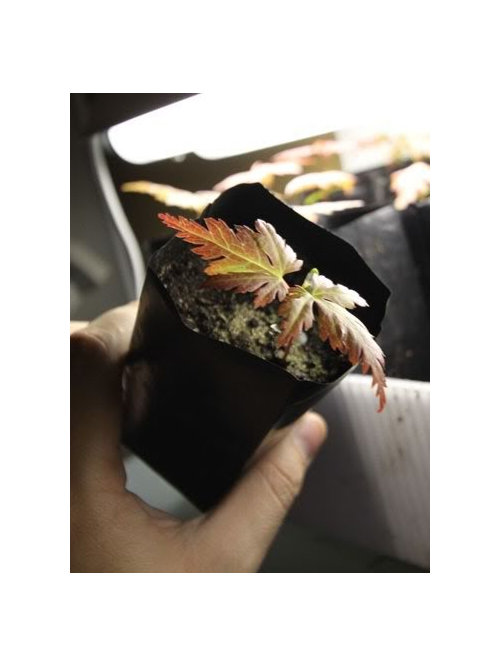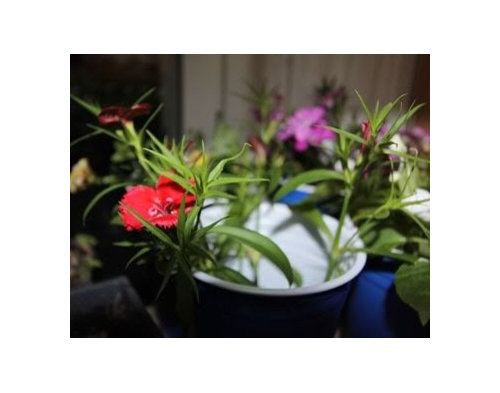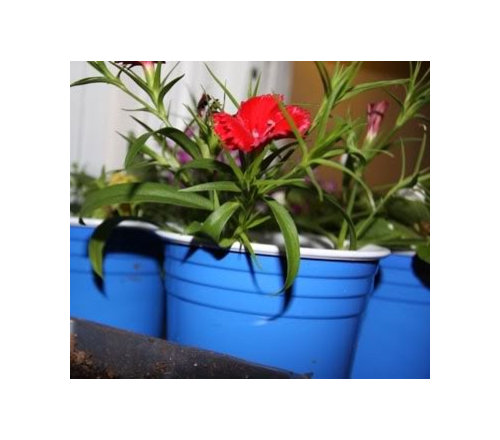So I got the first true leaves on these seedlings. I got the seeds off ebay and they were advertised as red JM seeds. But since this is my first time trying to grow JM from seeds, i dont know what seedlings look like. some of them are all green, some with hints of red, and some with tinges of red, but nothing all red or purplish. none of the leaves are dissected. Do these traits show up later on?
Google turns up some fairly large seedlings, so i can't really compare. Are these just standard maple trees? i dont want to waste the energy (literally - they are under grow lights now) to keep it growing till spring. also i know seeds dont grow true to the parent.. but how much variation, of trees can i expect?
As you can see.. there are some fairly tiny leafed ones.. and then there are these.... any help would be greatly appreciated!
{{gwi:746}}
{{gwi:750}}
{{gwi:754}}
also can someone tell me what annuals these are.. i bought these last spring at lowes and i lost the tags.. but them seem to root pretty easily in water, so i am trying to bring it thru to next spring... but i have no idea what these are called... its the pink and red ones... and they sort of look like mini flat flowered carnations.












urbandkOriginal Author
mafle
Related Professionals
Richmond Heights Landscape Architects & Landscape Designers · Berwyn Landscape Contractors · Gaithersburg Landscape Contractors · Kearny Landscape Contractors · Mason Landscape Contractors · Maywood Landscape Contractors · Mission Bend Landscape Contractors · Oxnard Landscape Contractors · Sammamish Landscape Contractors · Vineyard Landscape Contractors · Waltham Landscape Contractors · Wareham Landscape Contractors · Antioch Landscape Contractors · Goldenrod Landscape Contractors · Chaska Fence Contractorsgardengal48 (PNW Z8/9)
mafle
gardengal48 (PNW Z8/9)
mafle